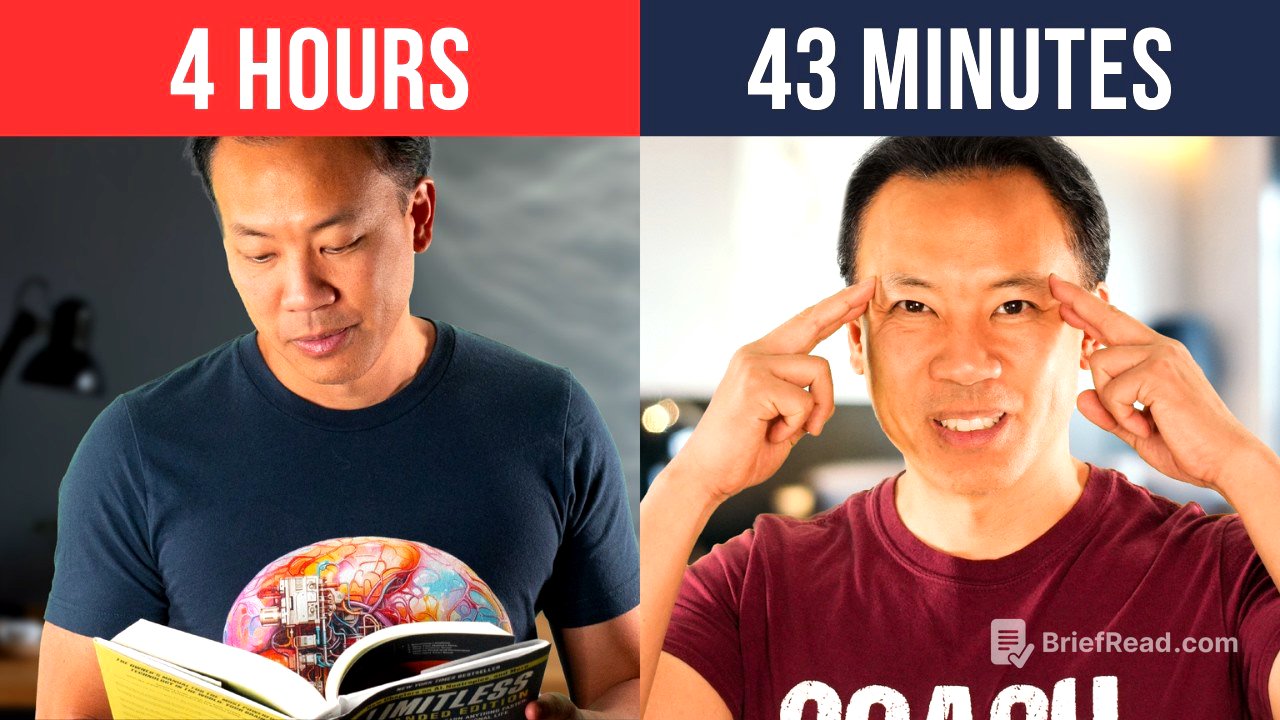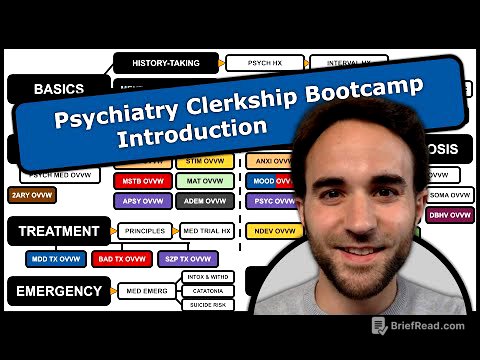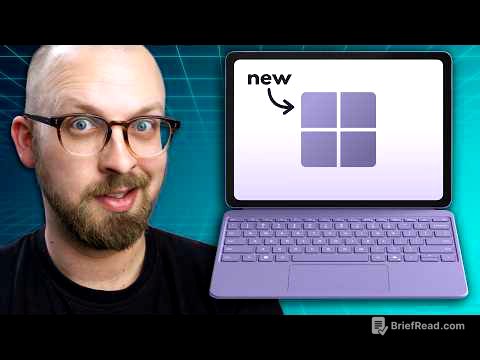Brief Summary
This video explains how to learn any new skill quickly using a four-step process called the Kwik Learning Method. The method focuses on activating motivation, improving focus, teaching what you learn, and practicing deliberately.
- Activate motivation through purpose, energy, and small steps.
- Sharpen focus by eliminating distractions.
- Teach what you learn to reinforce knowledge.
- Practice with deliberate repetition and varied methods.
Why Learning fast feels like cheating
The video introduces a method to accelerate skill acquisition, making learning feel like cheating. It promises to help viewers unlock their brain's potential to learn languages, instruments, or career skills faster than ever before. The core idea revolves around understanding and triggering the brain's learning capabilities efficiently.
The science of learning
The brain has neuroplasticity, which means it can change and adapt at any age, forming new connections daily. Traditional learning methods can be slow and tedious. The key to faster learning is understanding how to trigger brain power efficiently, using the Kwik Learning Method, a four-step process.
The Motivation formula
The first step in learning faster is motivation, which is broken down into the formula M = P * E * S3 (Purpose * Energy * Small Simple Steps). Purpose involves understanding why you are learning something, which fuels motivation and helps you stay engaged. Energy refers to the mental energy derived from nutrition, sleep, exercise, and stress management, all essential for effective learning. Small, Simple Steps involve breaking down goals into manageable actions to build momentum and consistency, leading to a sense of accomplishment and reinforcing motivation.
The #1 skill to learn fast
Focus is the number one skill needed to learn quickly. Training the mind to focus deeply on a task is essential for accelerated learning. Full focus activates the brain's attention system, leading to better retention and understanding. Multitasking splits focus and reduces learning quality. An exercise is suggested: focus on one thing for 10 minutes without distractions to improve focus and strengthen neural connections.
The Explanation Effect
Teaching what you learn is a powerful way to solidify knowledge, known as the explanation effect. Teaching forces you to organize and articulate information, turning passive learning into active mastery. This increases retention, clarifies understanding by revealing gaps in knowledge, boosts confidence by proving understanding, and creates contribution by helping others learn and grow.
Practice: The key to mastery
Deliberate repetition, not mindless review, is essential for effective practice. Repetition builds neural connections, strengthening pathways in the brain. Spaced repetition, reviewing material at intervals, moves information from short-term to long-term memory. Repetition with variation involves using different methods like visual, verbal, or written reviews to keep the brain active and improve retention.
Kwik Learning method
The video concludes by encouraging viewers to implement the four-step Kwik Learning Method: motivation, focus, teaching, and practice. Starting small and staying consistent can unlock the brain's limitless potential.









